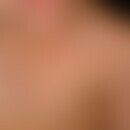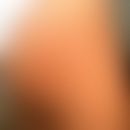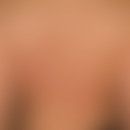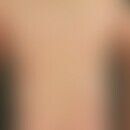Synonym(s)
HistoryThis section has been translated automatically.
T. Colcott Fox (1849-1916) first introduced the term "figurative erythema" in 1889.
DefinitionThis section has been translated automatically.
The term "figured erythema" refers to an etiologically different group of erythematous skin diseases (reddening of the skin is a defining mophological phenomenon) characterized by arcuate, ring-shaped, garland-shaped or polycyclic, centrifugally growing formations.
Figured erythema are only characterized by their morphological pattern (macro-pattern). Although some erythema are described as entities and their nomenclature is retained for historical reasons, it is more of a polyetiologic reaction pattern. Nevertheless, the recognition of figured or annular formations in a skin disease is helpful as a diagnostic evaluation/assignment can be made visually.
ClassificationThis section has been translated automatically.
The clinical pictures in which figured erythema occurs include:
- Erythema anulare centrifugum(erythema gyratum perstans)
- Erythema gyratum repens
- Erythema necroticans migrans
- Erythema chronicum migrans
- Erythema anulare rheumaticum
- Pizin infections of the skin
- Purpura pigmentosa progressiva
- Purpura anularis teleangiectodes
- Lichen planus anularis
- Urticaria circinata
- Eosinophilic anular erythema
- Erythema anulare rheumaticum
- Subacute cutaneous lupus erythematosus
- Sjögren's syndrome (annular and circinar formations)
- Erythema annulare centrifugum-like psoriasis
- Lymphomas of the skin
Note(s)This section has been translated automatically.
Anular or polycyclic skin patterns are also observed in other clinical pictures without these being classified as anular erythema. This applies, for example, to:
Outgoing links (21)
Cutaneous t-cell lymphomas; Eosinophilic anular erythema; Erythema anulare centrifugum; Erythema anulare rheumaticum; Erythema gyratum perstans; Erythema gyratum repens; Erythema migrans; Erythema necrolyticum migrans; Lichen planus (overview); Lupus erythematosus subacute-cutaneous; ... Show allDisclaimer
Please ask your physician for a reliable diagnosis. This website is only meant as a reference.



